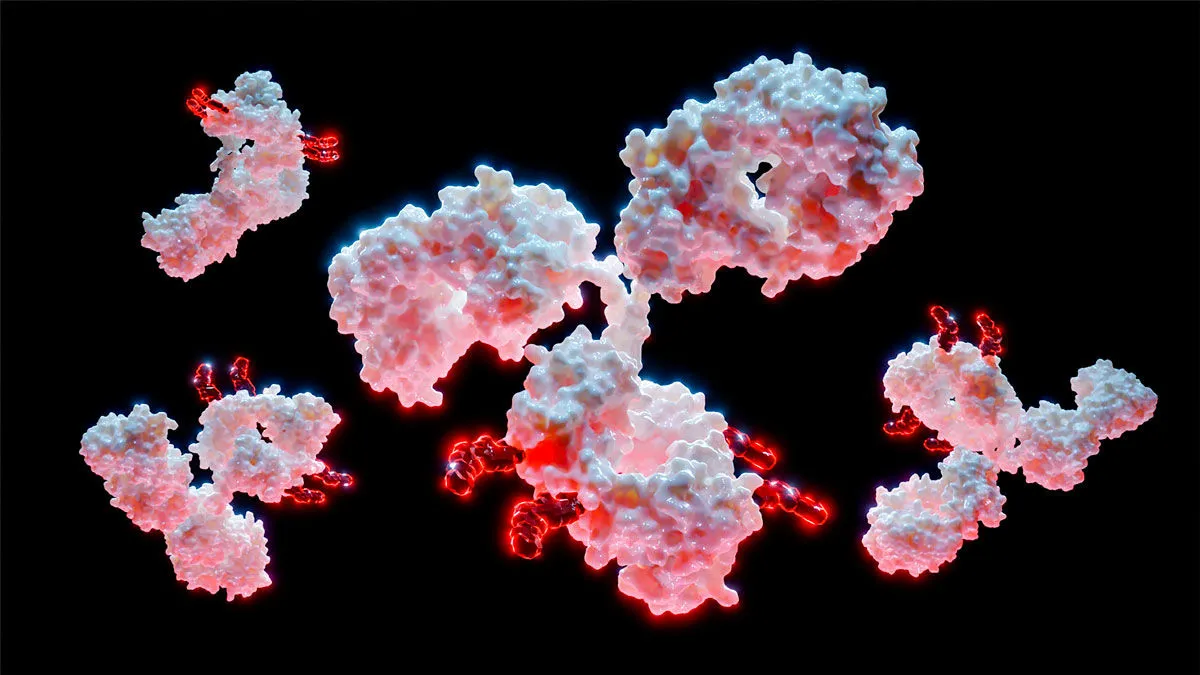Understanding Linkers in Antibody-Drug Conjugates within Pharmaceuticals

Antibody-drug conjugates (ADCs) represent a promising class of targeted therapies in cancer treatment, and their success hinges on the pivotal role of linkers. Linkers are responsible for connecting antibodies to cytotoxic drugs, thereby enhancing the delivery and minimizing off-target effects. Focusing on advancements in linker technology, this article delves into how various linkers contribute to the therapeutic efficacy of ADCs.
Key Innovations in Linkers for ADCs
The choice of linker in ADCs directly influences their pharmacokinetics and overall safety profile. Here are several important points to consider:
- Stability: A stable linker prevents premature drug release before reaching the target cell.
- Release Mechanism: Different linkers have varying mechanisms triggering drug release inside the target cells.
- Selectivity: Linkers can enhance selectivity for cancerous cells, improving treatment outcomes.
Future Implications for Linker Development
Ongoing research into novel linkers aims to optimize ADC performance further. Innovations in linker technology promise to enhance the potency and safety of therapies based on ADCs, providing healthier options for patients.
This article was prepared using information from open sources in accordance with the principles of Ethical Policy. The editorial team is not responsible for absolute accuracy, as it relies on data from the sources referenced.